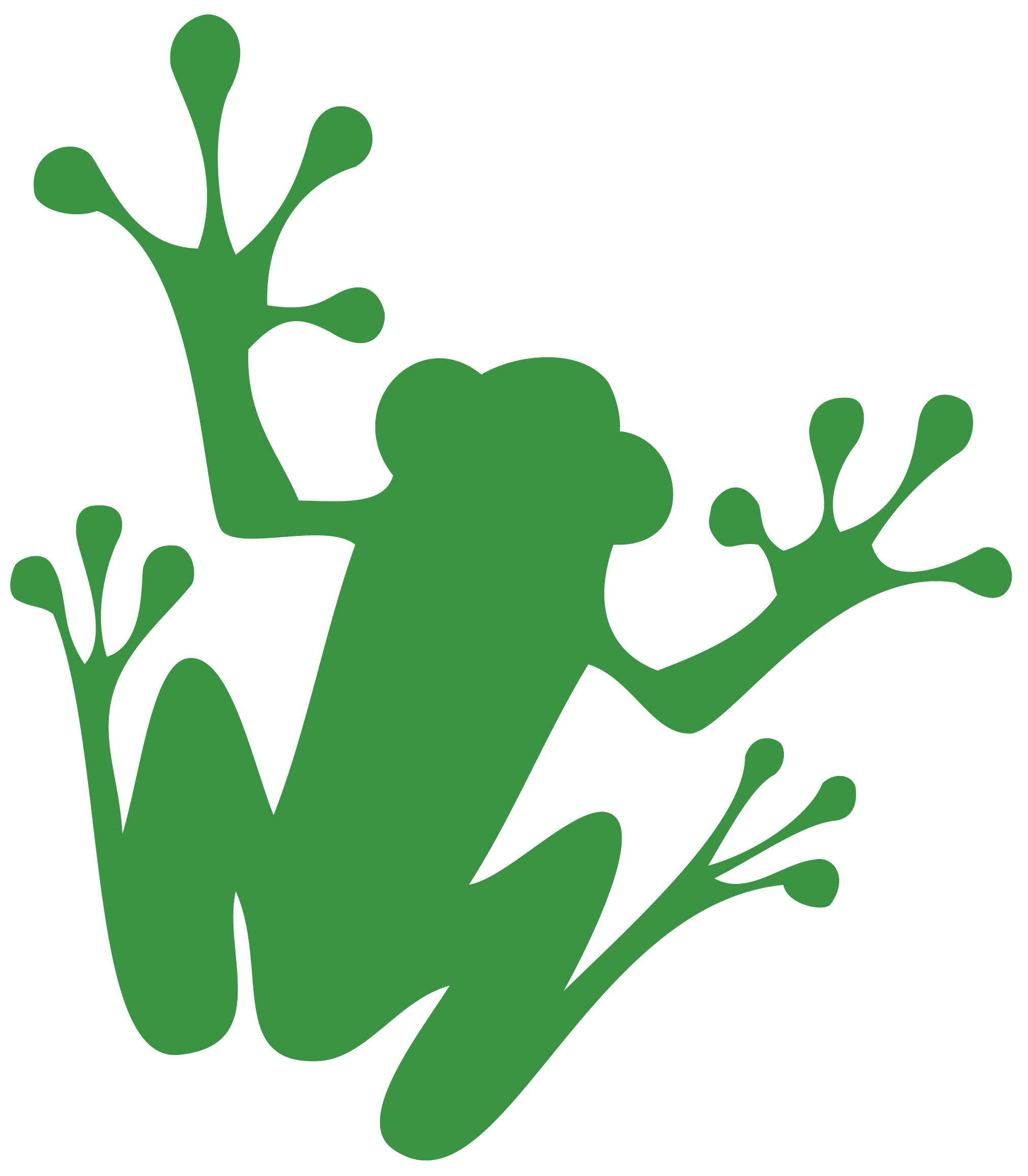 RCMP enforced an injunction on logging protests in the Walbran Valley near Port Renfrew, BC. In related news: ENGO’s sue the US Forest Service over logging in Pisgah National Forest; FSC to modify its rule on logging in Intact Forest Landscapes; a new report says big banks are still investing in tropical deforestation; and Brazil’s COP30 star faces environmental challenges of her own. Meanwhile: BC is hosting a national wildfire symposium; and Oregon senators seek wildfire disaster relief.
RCMP enforced an injunction on logging protests in the Walbran Valley near Port Renfrew, BC. In related news: ENGO’s sue the US Forest Service over logging in Pisgah National Forest; FSC to modify its rule on logging in Intact Forest Landscapes; a new report says big banks are still investing in tropical deforestation; and Brazil’s COP30 star faces environmental challenges of her own. Meanwhile: BC is hosting a national wildfire symposium; and Oregon senators seek wildfire disaster relief.
In Business news: Canada will increase loan support for struggling lumber companies; Maple Transport is opening a logistics hub in Kincheloe, Michigan; and US Forest Owner’s David Tenny opines on America’s sawdust problem. Meanwhile: US consumer confidence fell sharply; US building material prices rose; bamboo scaffolding contributed to high-rise fires in Hong Kong; and a UBC professor pokes holes in mass timber’s climate credentials.
Finally, an 1887 California redwood crusader’s untimely death at the hands of a dentist.
Kelly McCloskey, Tree Frog News Editor
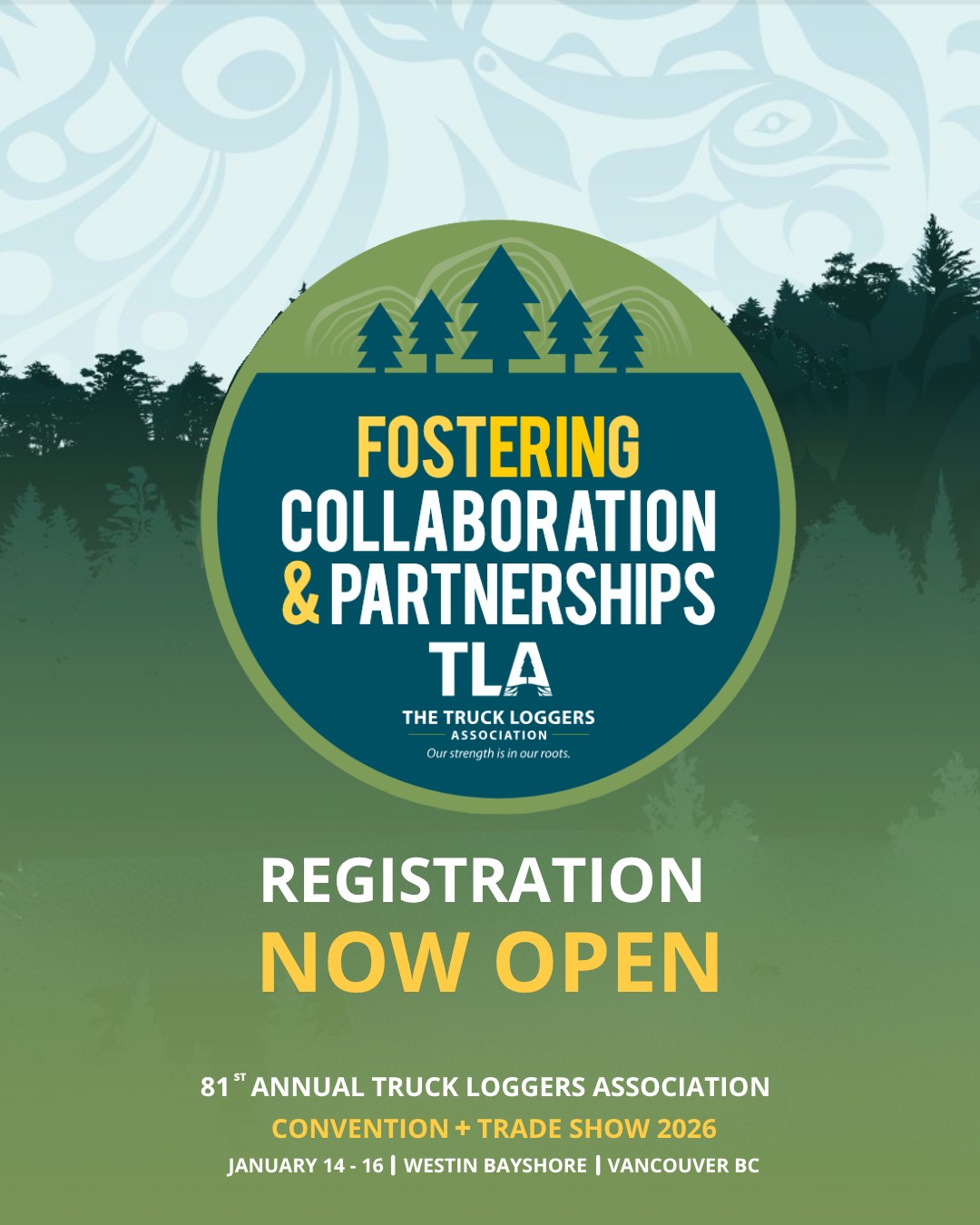 For more than 80 years, the annual
For more than 80 years, the annual  Sponsors enjoy high-profile recognition before, during, and after the convention, ensuring your brand stays top of mind among key industry players. Tracey Russell, Vice President-Equipment, Inland Truck & Equipment Ltd. is a regular at the Convention, “We sponsor the TLA Convention + Trade Show every year because it’s one of the best opportunities for exposure and relationship building – connections that have made a lasting impact on our business and our brand.”
Sponsors enjoy high-profile recognition before, during, and after the convention, ensuring your brand stays top of mind among key industry players. Tracey Russell, Vice President-Equipment, Inland Truck & Equipment Ltd. is a regular at the Convention, “We sponsor the TLA Convention + Trade Show every year because it’s one of the best opportunities for exposure and relationship building – connections that have made a lasting impact on our business and our brand.”

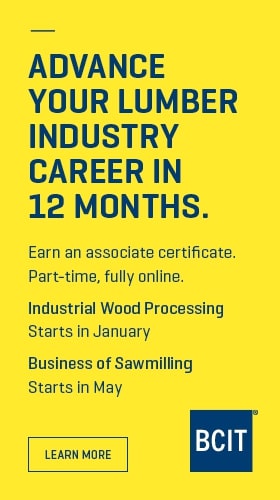 “The BCIT School of Construction and the Environment offers two Associate Certificate programs designed to support workforce development in the North American lumber and sawmill sector:
“The BCIT School of Construction and the Environment offers two Associate Certificate programs designed to support workforce development in the North American lumber and sawmill sector: 
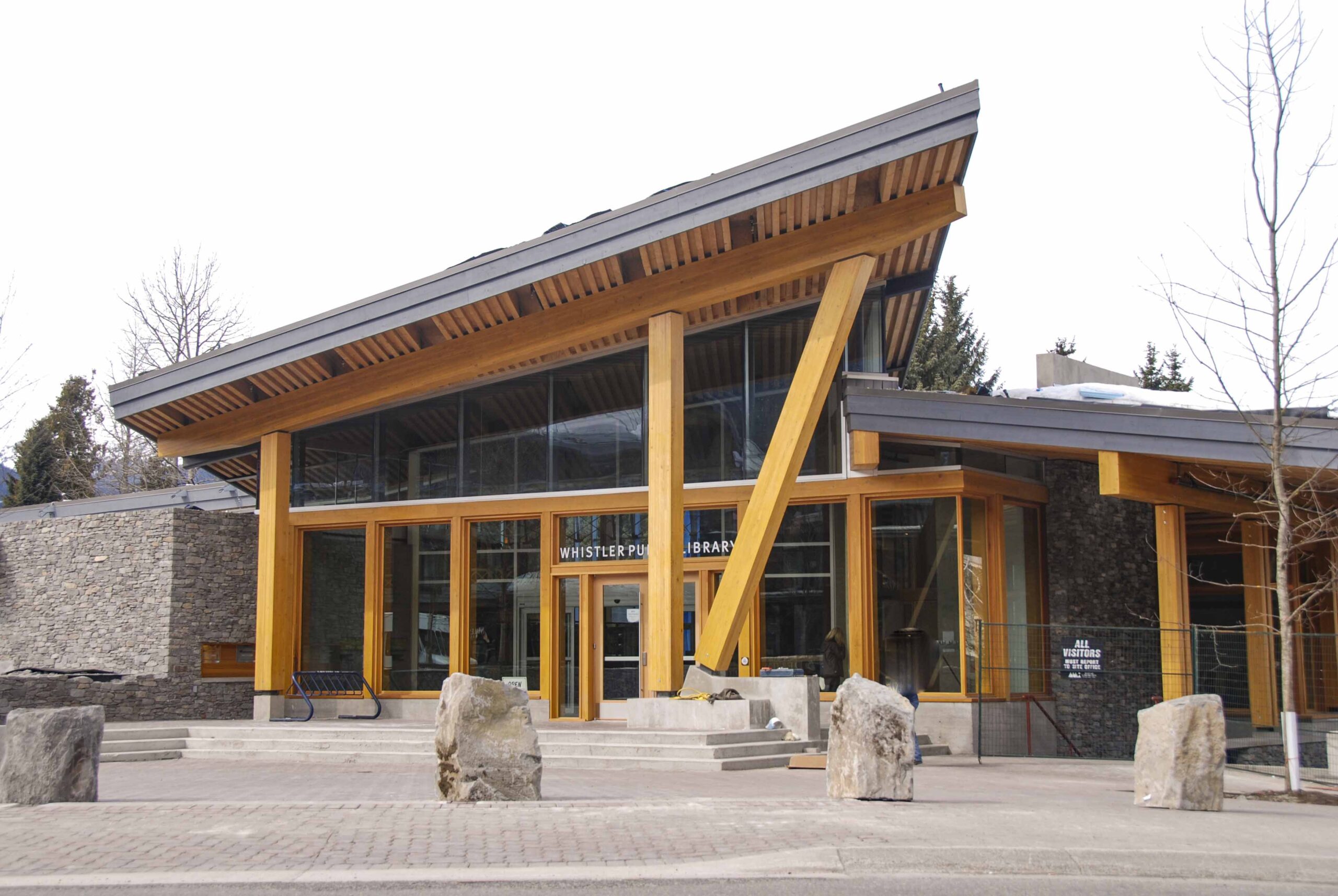 The audience of dedicated urbanists at Vancouver’s Robson Square Theatre was startled earlier this year when the first speaker at a debate about mass timber—which B.C. has been promoting vigorously—said it isn’t the for-sure climate-change silver bullet that everyone likes to think it is. Adam Rysanek, a UBC professor of environmental systems who specializes in energy efficiency, poked hard at the assumption that, because everyone thinks of mass timber as just wood—a plant! that comes out of the ground!—it must be natural and environmentally friendly and surely better than concrete. But Rysanek kept making the point at the Urbanarium debate that those ideas are not fully proven. A study he cited, which aimed to factor in all the uncertainties of carbon emissions in different types of building materials, found there is not a clear answer yet about the differences between mass timber and concrete.
The audience of dedicated urbanists at Vancouver’s Robson Square Theatre was startled earlier this year when the first speaker at a debate about mass timber—which B.C. has been promoting vigorously—said it isn’t the for-sure climate-change silver bullet that everyone likes to think it is. Adam Rysanek, a UBC professor of environmental systems who specializes in energy efficiency, poked hard at the assumption that, because everyone thinks of mass timber as just wood—a plant! that comes out of the ground!—it must be natural and environmentally friendly and surely better than concrete. But Rysanek kept making the point at the Urbanarium debate that those ideas are not fully proven. A study he cited, which aimed to factor in all the uncertainties of carbon emissions in different types of building materials, found there is not a clear answer yet about the differences between mass timber and concrete.
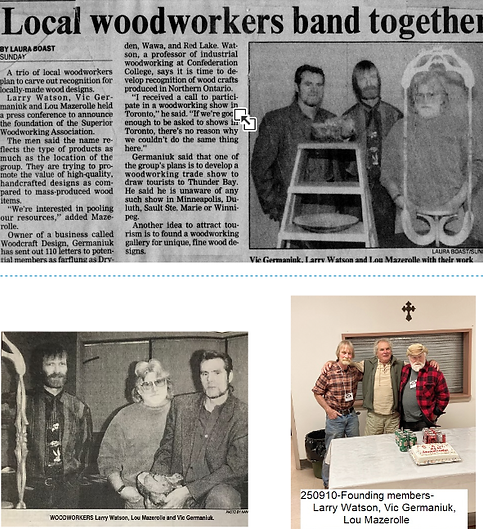
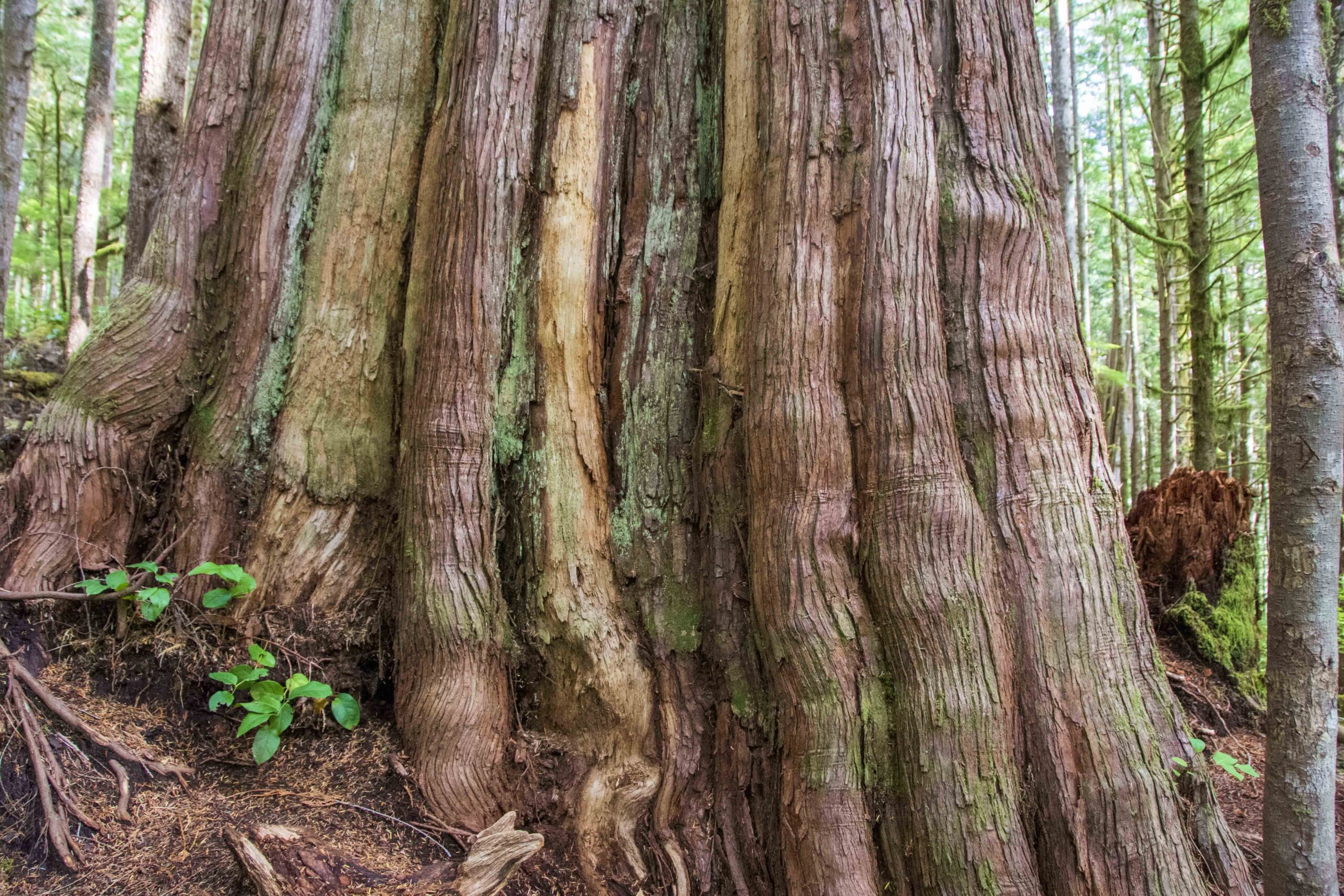 A proactive new tool that can help preserve old forests in British Columbia has been developed by University of Alberta researchers. A new study gives crucial insight into where to focus conservation measures, by identifying areas of old-growth forest in areas predicted to be stable in the face of climate change. The approach shifts the focus toward what can still be protected, says Nick Pochailo, who led the study…. “Old-growth forests located in areas of potential climatic stability offer exceptional long-term conservation value. By identifying these places, land managers can prioritize and plan conservation efforts more effectively.” …old-growth forests account for about 25 per cent of BC’s forested areas. They’ve shrunk from 25 million hectares to about half that due to logging, wildfires, and pests like the mountain pine beetle… computer models predict how these ecosystems might shift by the 2050s, then mapped the changes to geographically pinpoint areas most likely to survive.
A proactive new tool that can help preserve old forests in British Columbia has been developed by University of Alberta researchers. A new study gives crucial insight into where to focus conservation measures, by identifying areas of old-growth forest in areas predicted to be stable in the face of climate change. The approach shifts the focus toward what can still be protected, says Nick Pochailo, who led the study…. “Old-growth forests located in areas of potential climatic stability offer exceptional long-term conservation value. By identifying these places, land managers can prioritize and plan conservation efforts more effectively.” …old-growth forests account for about 25 per cent of BC’s forested areas. They’ve shrunk from 25 million hectares to about half that due to logging, wildfires, and pests like the mountain pine beetle… computer models predict how these ecosystems might shift by the 2050s, then mapped the changes to geographically pinpoint areas most likely to survive.  B.C. has invited stakeholders, experts, Indigenous partners and government representatives from throughout the country to a wildfire symposium in Vancouver on Dec. 5, 2025. The focus will be the 2025 wildfire season, wildfire technology, active forest management and national readiness for future wildfires. The symposium includes advancing discussions on a national leadership strategy and stronger collaboration that will shape the framework of wildfire resiliency in Canada. Enhancing a national framework for wildfire resilience, including the challenges and opportunities people and communities are facing, is one intended outcome for the upcoming symposium on wildfires to be hosted in B.C. After the second-worst wildfire season nationally, B.C. is leading the symposium to bring together national and international experts, provincial, federal and territorial governments, as well as key industry and Indigenous partners, with the goal of sharing best practices and considering mitigation and preparation steps for 2026.
B.C. has invited stakeholders, experts, Indigenous partners and government representatives from throughout the country to a wildfire symposium in Vancouver on Dec. 5, 2025. The focus will be the 2025 wildfire season, wildfire technology, active forest management and national readiness for future wildfires. The symposium includes advancing discussions on a national leadership strategy and stronger collaboration that will shape the framework of wildfire resiliency in Canada. Enhancing a national framework for wildfire resilience, including the challenges and opportunities people and communities are facing, is one intended outcome for the upcoming symposium on wildfires to be hosted in B.C. After the second-worst wildfire season nationally, B.C. is leading the symposium to bring together national and international experts, provincial, federal and territorial governments, as well as key industry and Indigenous partners, with the goal of sharing best practices and considering mitigation and preparation steps for 2026.
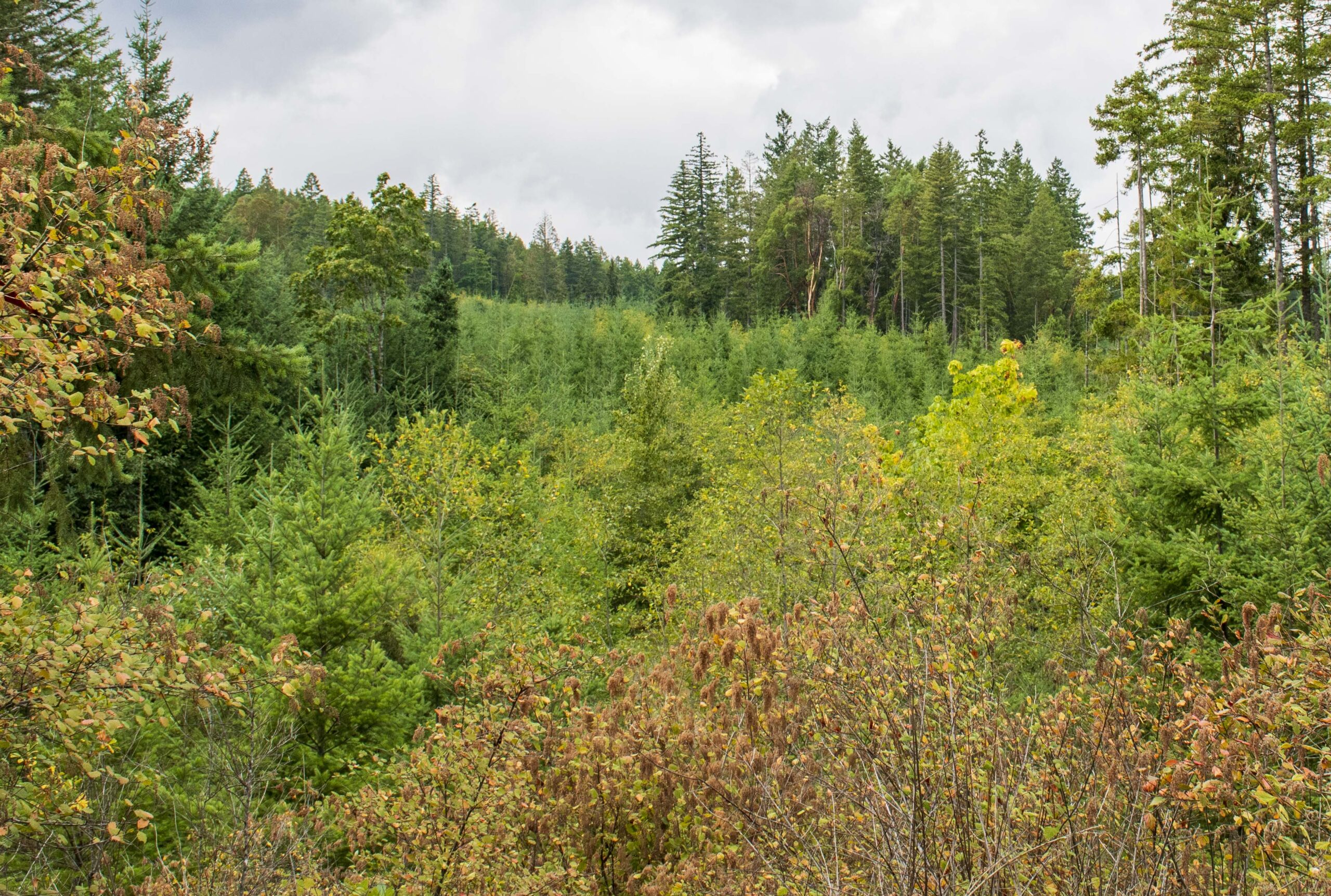 A First Nation in north-central B.C. says it is banning the use of herbicides across all of its territory, which includes Prince George and the Robson Valley. The Lheidli T’enneh First Nation says the ban is being put into place because of the negative impacts herbicides, and glyphosate in particular, have had on the environment and wildlife for which they are stewards. “It is our duty to disallow toxic chemicals in our territory that reduce biodiversity and have negative impacts on our members’ health, wellbeing and the environment where we exercise our living rights and traditions,” Lheidli T’enneh Elected Chief Dolleen Logan said in a statement. She also says the nation expects both government and private industry workers operating in the region to adhere to the ban. It was not immediately clear if the ban would also apply to private and municipal property. More details coming Tuesday morning.
A First Nation in north-central B.C. says it is banning the use of herbicides across all of its territory, which includes Prince George and the Robson Valley. The Lheidli T’enneh First Nation says the ban is being put into place because of the negative impacts herbicides, and glyphosate in particular, have had on the environment and wildlife for which they are stewards. “It is our duty to disallow toxic chemicals in our territory that reduce biodiversity and have negative impacts on our members’ health, wellbeing and the environment where we exercise our living rights and traditions,” Lheidli T’enneh Elected Chief Dolleen Logan said in a statement. She also says the nation expects both government and private industry workers operating in the region to adhere to the ban. It was not immediately clear if the ban would also apply to private and municipal property. More details coming Tuesday morning.


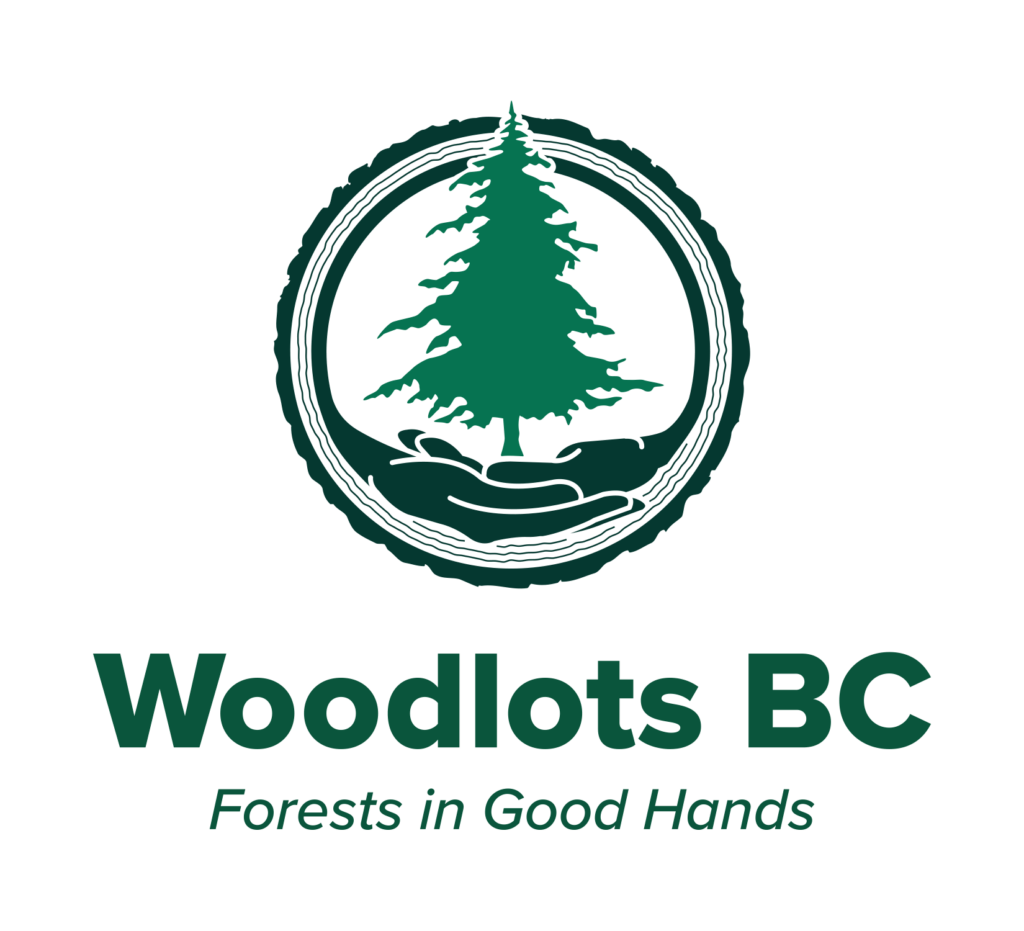
%20(6).jpg)
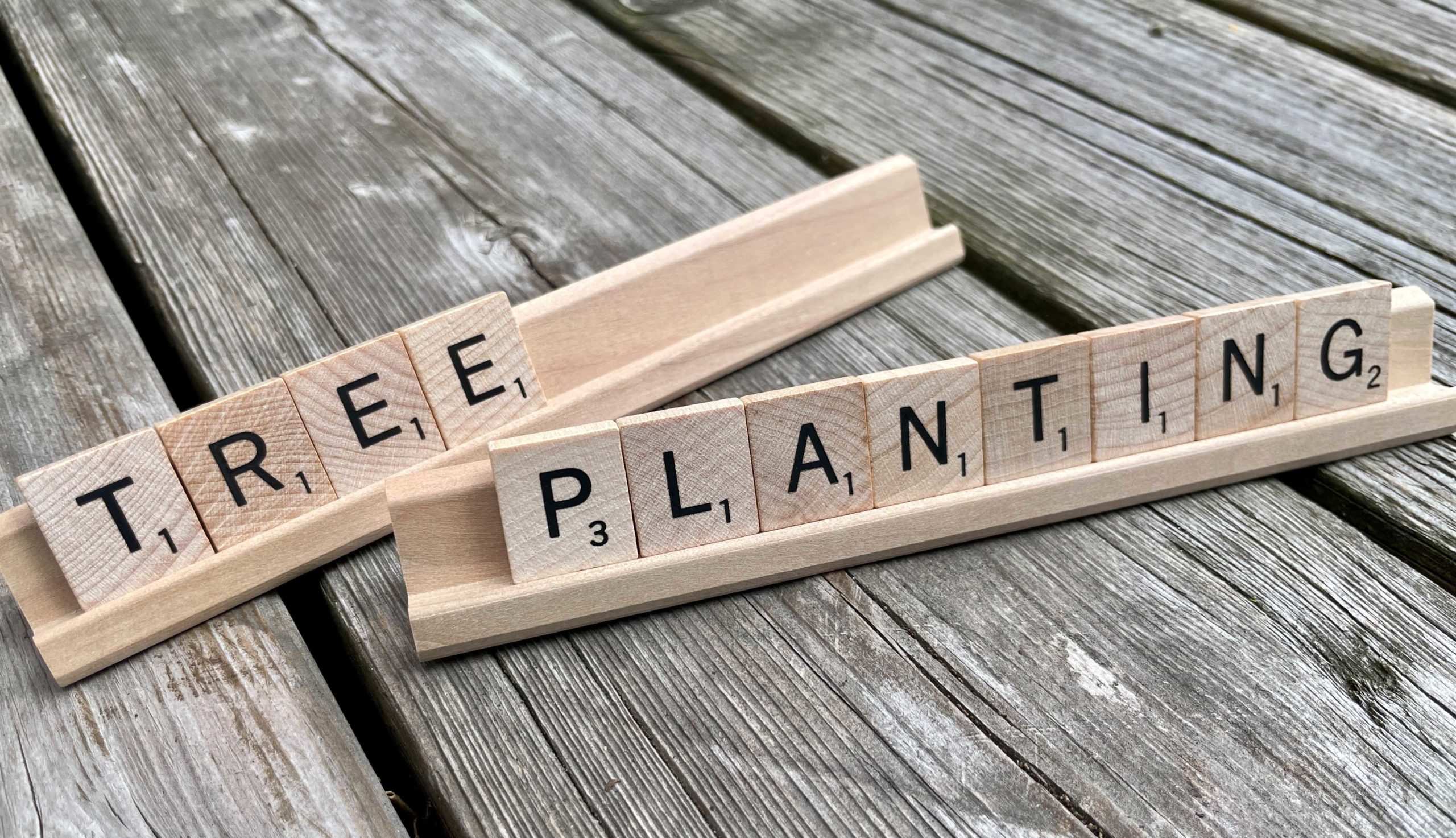 OTTAWA — The Carney government will still pay to help plant a previously announced 52 million trees in New Brunswick, even though hardly any of them are in the ground and the program’s funding has been cancelled. The recent federal budget scrapped a program to plant two billion trees across the country by 2031 in order to find hundreds of millions of dollars in savings. It was a climate change initiative first announced by former Prime Minister Justin Trudeau during the 2019 election campaign with $3.2 billion over 10 years earmarked to carry it out. New Brunswick was one of the last provinces to reach an agreement for its cut of that money. It didn’t sign on until March 2024. A few months after that, the feds and the New Brunswick government announced $71.6 million to plant more than 52 million trees on Crown lands across the province over the next eight years. [A Telegraph-Journal subscription is required for full access]
OTTAWA — The Carney government will still pay to help plant a previously announced 52 million trees in New Brunswick, even though hardly any of them are in the ground and the program’s funding has been cancelled. The recent federal budget scrapped a program to plant two billion trees across the country by 2031 in order to find hundreds of millions of dollars in savings. It was a climate change initiative first announced by former Prime Minister Justin Trudeau during the 2019 election campaign with $3.2 billion over 10 years earmarked to carry it out. New Brunswick was one of the last provinces to reach an agreement for its cut of that money. It didn’t sign on until March 2024. A few months after that, the feds and the New Brunswick government announced $71.6 million to plant more than 52 million trees on Crown lands across the province over the next eight years. [A Telegraph-Journal subscription is required for full access]


 Kremmling, Colorado — The Mill in Kremmling is contributing to the natural carbon-storing success of trees in Routt County by purchasing and reusing standing dead trees logged during wildfire mitigation projects and turned into usable wood products. The company’s goal is to support the local economy and Colorado’s timber industry by creating a demand for forest products sourced entirely from fire mitigation projects, said Lisa Hara, owner and CEO at The Mill. Some 90% of the trees processed at The Mill come from Routt County, with 10% from Jefferson County for Douglas fir wood, Hara said. “We help Routt County by creating a demand for materials that come directly from fire mitigation and watershed projects,” said Hara, who purchased The Mill in spring 2023. “Instead of being treated as waste, this wood becomes a resource, one that supports forest health and rural jobs at the same time.”
Kremmling, Colorado — The Mill in Kremmling is contributing to the natural carbon-storing success of trees in Routt County by purchasing and reusing standing dead trees logged during wildfire mitigation projects and turned into usable wood products. The company’s goal is to support the local economy and Colorado’s timber industry by creating a demand for forest products sourced entirely from fire mitigation projects, said Lisa Hara, owner and CEO at The Mill. Some 90% of the trees processed at The Mill come from Routt County, with 10% from Jefferson County for Douglas fir wood, Hara said. “We help Routt County by creating a demand for materials that come directly from fire mitigation and watershed projects,” said Hara, who purchased The Mill in spring 2023. “Instead of being treated as waste, this wood becomes a resource, one that supports forest health and rural jobs at the same time.”

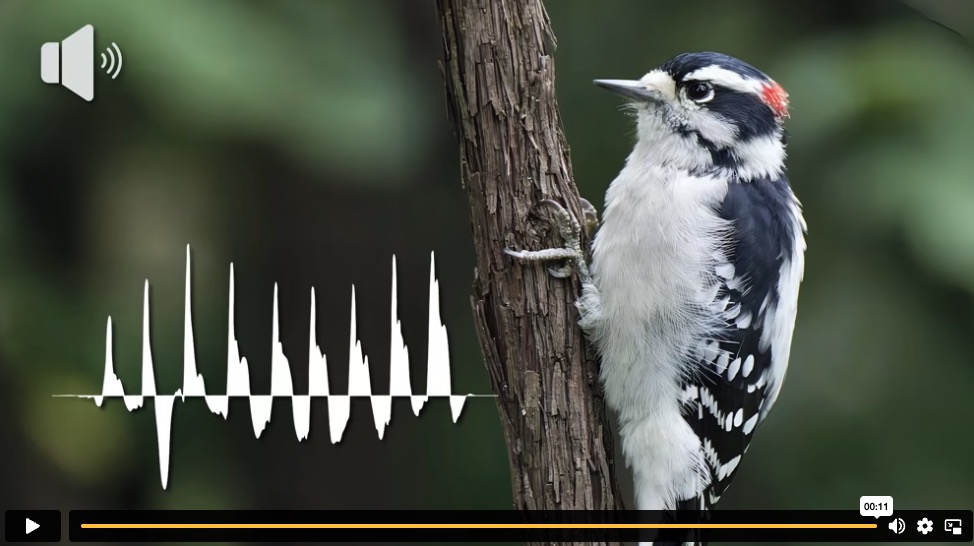 PROVIDENCE, R.I. — It’s one of nature’s mysteries: How can woodpeckers, the smallest of which weigh less than an ounce, drill permanent holes into massive trees using only their tiny heads? New research shows that there’s much more at play, anatomically: When a woodpecker bores into wood, it uses not only its head but its entire body, as well as its breathing. In a study published in the Journal of Experimental Biology, a team led by biologists at Brown University reveals how woodpeckers combine breathing and whole-body coordination to drill into trees with extraordinary force. “These findings expand our understanding of the links between respiration, muscle physiology and behavior to perform extreme motor feats and meet ecological challenges,” said lead author Nicholas Antonson… The team studied downy woodpeckers, the smallest species of woodpeckers in North America, which populate forested areas throughout the United States and Canada.
PROVIDENCE, R.I. — It’s one of nature’s mysteries: How can woodpeckers, the smallest of which weigh less than an ounce, drill permanent holes into massive trees using only their tiny heads? New research shows that there’s much more at play, anatomically: When a woodpecker bores into wood, it uses not only its head but its entire body, as well as its breathing. In a study published in the Journal of Experimental Biology, a team led by biologists at Brown University reveals how woodpeckers combine breathing and whole-body coordination to drill into trees with extraordinary force. “These findings expand our understanding of the links between respiration, muscle physiology and behavior to perform extreme motor feats and meet ecological challenges,” said lead author Nicholas Antonson… The team studied downy woodpeckers, the smallest species of woodpeckers in North America, which populate forested areas throughout the United States and Canada. BELÉM, Brazil
BELÉM, Brazil
 Greenwashing experts are cautiously optimistic that Ottawa’s plan to roll back nearly half of Canada’s anti-greenwashing rules does not represent a wholesale abandonment of federal efforts to curb climate disinformation following comments by Finance Minister François-Philippe Champagne. …Champagne did not elaborate on what could be included in the standard. A Department of Finance official told Canada’s National Observer in a statement that the “provisions are creating investment uncertainty and having the opposite of the desired effect with some parties slowing or reversing efforts to protect the environment.” …Announced this month in the 2026 budget, the changes ditched a requirement that companies prove their green claims using international, though unspecified, standards. The changes also prevent third parties from filing a greenwashing complaint with the Competition Bureau. …The budget claims the provisions were “creating investment uncertainty and having the opposite of the desired effect with some parties slowing or reversing efforts to protect the environment.” [A National Observer subscription may be required for story access]
Greenwashing experts are cautiously optimistic that Ottawa’s plan to roll back nearly half of Canada’s anti-greenwashing rules does not represent a wholesale abandonment of federal efforts to curb climate disinformation following comments by Finance Minister François-Philippe Champagne. …Champagne did not elaborate on what could be included in the standard. A Department of Finance official told Canada’s National Observer in a statement that the “provisions are creating investment uncertainty and having the opposite of the desired effect with some parties slowing or reversing efforts to protect the environment.” …Announced this month in the 2026 budget, the changes ditched a requirement that companies prove their green claims using international, though unspecified, standards. The changes also prevent third parties from filing a greenwashing complaint with the Competition Bureau. …The budget claims the provisions were “creating investment uncertainty and having the opposite of the desired effect with some parties slowing or reversing efforts to protect the environment.” [A National Observer subscription may be required for story access]

 WorkSafeBC is holding a virtual public hearing on
WorkSafeBC is holding a virtual public hearing on 
